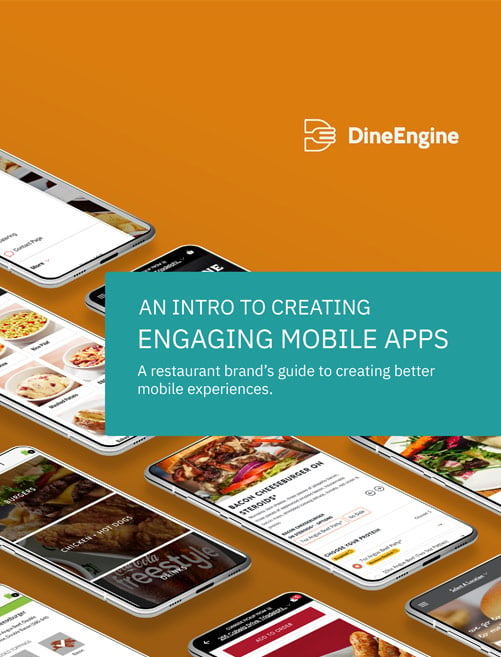As a restaurant owner, one of the greatest benefits of utilizing digital online ordering experiences for customers is that it gives you the ability to track data. This is why improving customer experience requires tracking these six metrics.
Technology services for restaurants helps keep your finger on the pulse of these metrics, which is important for continued growth, increased sales and, perhaps most important, maintaining and improving customer satisfaction.
Implementation of dashboards & business intelligence for restaurants is critical, because cold, hard data is at the heart of digital ordering programs, and it is imperative to extract these metrics from them frequently.
But what exactly are the most important metrics to track, and how does monitoring them help your business improve and remain competitive?
1. Customer Acquisition Cost (CAC)
Customer Acquisition Cost, or CAC, is one of the most important metrics you should be tracking.
Calculating your CAC is simple: just divide your marketing expenses by the number of customers you required within a given timeframe.
If your marketing costs turn out to be too high and you aren’t experiencing a satisfactory growth in the number of new customers, you might consider developing a new marketing strategy.
2. Net Promoter Score ® (NPS ®)
The Net Promoter Score ®, or NPS ®, is important because it answers an important question for your business: how likely are customers to recommend your restaurant to others?
The answer to that question is a reflection of customer satisfaction and, in turn, a predictor of your future success.
According to NICE Sametrix, a company that specializes in measuring customer satisfaction, NPS ® respondents fall into three groups:
- Promoters (score of 9-10): loyal customers who refer your business to others and improve your business growth
- Passives (score of 7-8): customers who are content but less enthusiastic about your restaurant and easily influenced by your competitors’ offers and promotions
- Detractors (score of 0-6): customers who are unhappy and can detract from your success through negative feedback
The NPS ® is calculated by subtracting the percentage of Detractors from the percentage of Promoters. The score can range from -100 if all customers are Detractors to 100 if all customers are Promoters.
3. Customer Satisfaction Score (CSAT)
The Customer Satisfaction Score, of CSAT, is one of the original customer satisfaction metrics. It is known for being easy to use and delivering results quickly.
CSAT can be used to get feedback on every customer interaction, allowing you the opportunity to communicate with unhappy customers, or it can be sent as a survey.
The main benefit of CSAT is that it allows your customers to express what kind of experience they’ve had with your business.
4. Customer Effort Score (CES)
The Customer Effort Score, or CES, measures how much effort a customer has to put in in order to resolve an issue with your business.
Research has shown that customers are more inclined to leave negative feedback after a bad experience than to leave positive feedback after a good experience.
CES involves asking customers about how their issues were handled, and their responses allow you to adjust your practices.
CES allows you to spot the areas where your customers are dissatisfied and, once you make the necessary adjustments, it can increase customer loyalty.
5. Abandonment Rates
For restaurants, Abandonment Rates are best used to track items that were added in a digital ordering platform but never ordered.
Abandonment Rates can be an especially useful metric for tracking customer activity on your mobile app.
You can see what items they are choosing to remove or determine if customers are adding items, removing all of them and simply not placing an order in the end.
It can help you determine whether you need to adjust your menu prices, service fees, ease of payment methods and other factors that play into the likelihood that a customer will complete an order.
6. Customer Effort Score (CES)
The Customer Effort Score, or CES, is a combination of the NPS ® and CSAT. This metric determines how much effort customers have to put into their interactions with your restaurant.
You will essentially be asking your customers how easy you made it for them to handle any issues they had.
You can phrase the question so that it is specific to your business, and the responses range from “Strongly Disagree” to “Strongly Agree,” with each of the answers given a number of one to seven.
Once you’ve collected your responses you can add up the numbers. A low number means your customers feel they have to put in too much effort, while a high score means they are satisfied with the minimal amount of effort they feel they’re exerting.
Building Customer Satisfaction Metrics Into Your Digital Experience
Using custom development to create an interactive dashboard within your application can provide easy and quick access to data measurement generating insight into all operations.
Having convenient access to these important metrics can help your restaurant become more efficient and become highly competitive in the marketplace.













0 Comments